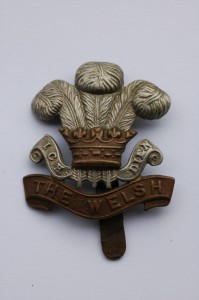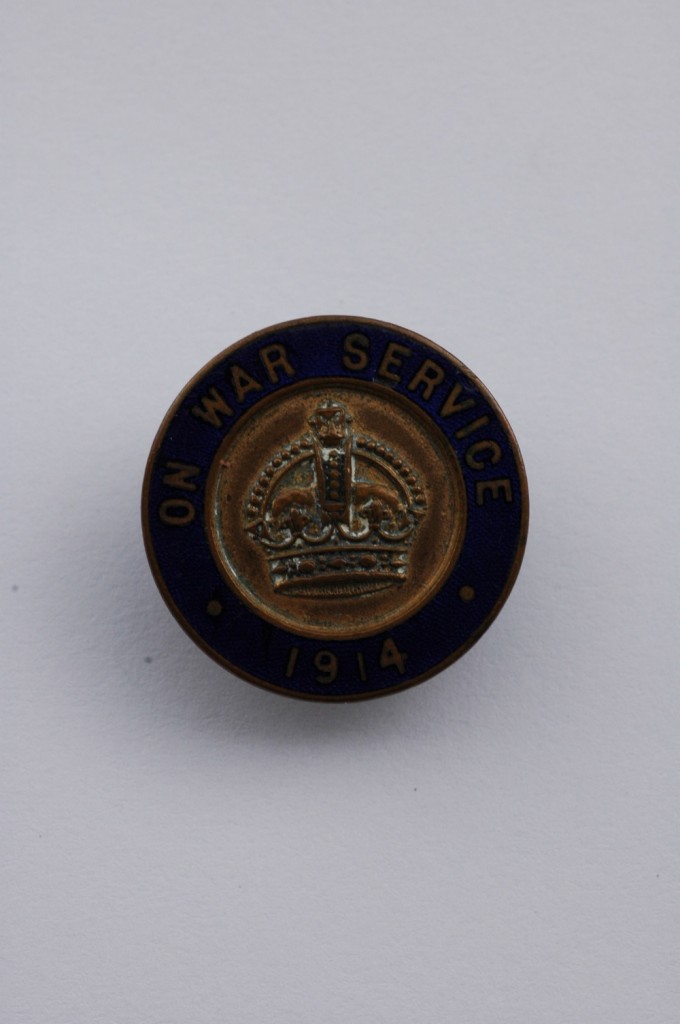My family history research has been quite quiet lately, real life takes precedence at the moment.
A couple of weeks ago I noticed there was free access of Ancestry which always makes me spend a little time searching for any useful information. As is often the case I didn’t find any new leads but I somehow ended up on the TNA website where I found a couple of possible records for Matthew Young:
ADM 45/34/477 (available to purchase)
Number: 477 Matthew Young, Commander Royal Navy, who died: 1 September 1855. Notes on executor’s application for money owed by the Royal Navy.
1855
ADM 9/8/2650 (not digitised)
Name: Matthew Young; Rank: Lieutenant; Date of Seniority: 13 Feb 1806.
ADM 6/242/6 (not digitised)
Greenwich out-pensioners applying for admission into Greenwich Hospital as in-pensioners (after service in the Royal Navy, Royal Marines or the Naval Dockyards)
1835 February 5
I purchased the first record as it was the only one available in digital format. There wasn’t much information on it but as above, it is Notes on executor’s application for money owed by the Royal Navy.
Matthew Young died on 10th September 1855. On the 24th September 1855 a claim was made by Charlotte Young, of Dunmore East, Killea, County of Waterford who was the Executress of his estate.
Apparently he had a will dated 2nd June 1854, it would be really interesting to get hold of this.
I’m not really sure what the outcome of this document means, there are a few dates on the form but they are pretty meaningless to me.



